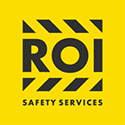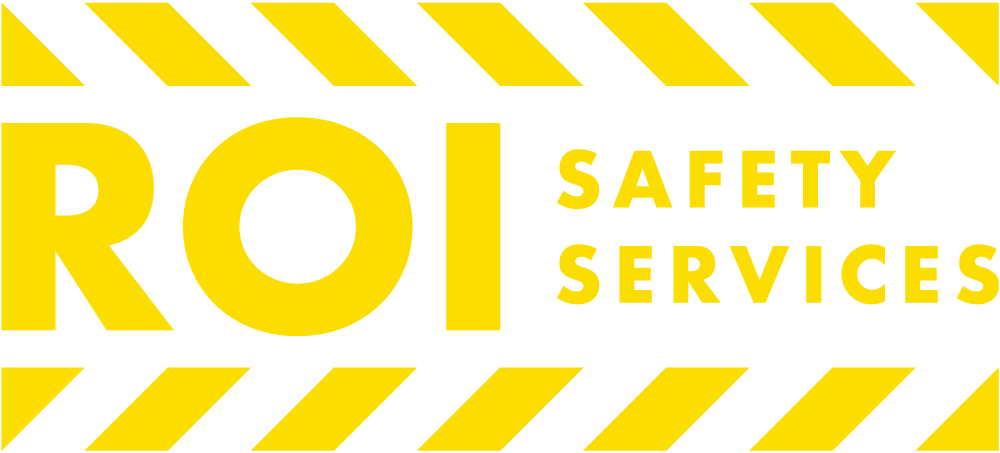In today’s fast-paced work environment, safety should never take a backseat. Accidents can happen at any moment, and being prepared can make all the difference. First aid and CPR training equip employees with the essential skills to respond effectively in emergencies, potentially saving lives and minimizing injuries.
Beyond compliance with regulations, fostering a culture of safety enhances employee confidence and morale. When workers know they can rely on their colleagues during critical situations, it creates a supportive and proactive atmosphere. Investing in first aid and CPR training isn’t just a smart move; it’s a commitment to the well-being of every individual in the workplace.

The Importance of On-Site Safety
On-site safety protects employees from accidents and injuries. First aid and CPR training equips staff with essential skills to respond effectively during emergencies. Employees trained in first aid and CPR can provide immediate assistance, which is crucial when medical professionals aren’t readily available.
Workplaces with trained personnel demonstrate a proactive approach to health and safety. They foster an environment that prioritizes employee welfare and reduces the impact of workplace incidents. Statistics from the Occupational Safety and Health Administration (OSHA) reveal that companies investing in training experience lower accident rates.
In addition, responding swiftly to injuries can significantly minimize the severity of injuries. Studies show that timely first aid can lead to better outcomes for injured individuals. Training empowers employees to act, helping to prevent panic and ensuring that emergencies are handled smoothly.
Regulatory compliance further enhances the importance of on-site safety. Many industries are required to maintain specific safety training standards. Meeting these standards not only avoids fines but also contributes to a positive public image.
Overall, the connection between on-site safety and effective emergency response reinforces the need for first aid and CPR training in every workplace.
Legal Requirements for Workplace Training
Compliance with legal requirements is critical for workplace safety. Various regulations mandate first aid and CPR training across numerous industries. For example, the Occupational Safety and Health Administration (OSHA) stipulates that employers maintain a safe workplace by providing necessary training to employees.
Federal Regulations
- OSHA Standards: OSHA requires employers to ensure that employees can respond to emergencies effectively. Specific industries, such as construction and manufacturing, may have additional guidelines for emergency preparedness training.
- Americans with Disabilities Act (ADA): The ADA mandates that employers accommodate employees with disabilities, including access to first aid resources.
State Regulations
- State-Specific Laws: Many states enforce their own regulations regarding workplace safety and training. Employers must familiarize themselves with local laws to ensure compliance and prevent legal repercussions.
- Workplace Policies: Some states require businesses to develop workplace safety plans, including mandatory first aid training provisions.
Industry Standards
- Healthcare Compliance: In healthcare settings, the Joint Commission requires facilities to provide training in basic life support for staff. This is crucial for patient safety and institutional liability.
- Educational Institutions: Schools often need to adhere to state regulations mandating first aid and CPR training for employees working with children.
Awareness of these legal requirements fosters a proactive safety culture. Employers demonstrate commitment to employee safety and legal compliance by investing in first aid and CPR training programs. This approach not only enhances workplace readiness but also mitigates potential legal issues arising from unpreparedness.
Benefits of Employee Preparedness
Prepared employees contribute significantly to workplace safety. Employees trained in first aid and CPR possess essential skills that enable them to respond effectively during emergencies. They can manage situations involving injuries, cardiac events, and other health crises, providing immediate assistance until professional medical help arrives.
Preparedness enhances overall workplace morale. When employees know their colleagues are equipped to handle emergencies, they feel more secure. Increased safety awareness fosters a supportive culture, encouraging teamwork and collaboration. This culture of preparedness promotes retention, as employees appreciate a commitment to their well-being.
Prepared employees reduce response time during emergencies. Quick, effective action often minimizes injury severity, leading to better outcomes. Organizations benefit from lower medical costs associated with workplace injuries. Investing in training leads to reduced absenteeism and associated costs while enhancing employee productivity.
Preparedness aids in regulatory compliance. Many industries require first aid and CPR training under OSHA guidelines and state laws. Compliance with these regulations boosts the workplace’s public image and conveys a commitment to safety standards.
Prepared employees support a reputation for responsibility. Organizations that prioritize training reflect a proactive stance on health and safety, attracting customers and clients who value social responsibility. A trained workforce demonstrates to stakeholders that the organization is serious about employee safety and well-being, reinforcing trust and confidence.
How ROI Safety Services Can Help
ROI Safety Services provides comprehensive first aid and CPR training tailored to meet workplace needs. Their experienced instructors deliver courses that cover essential skills, ensuring employees are well-prepared to handle emergencies. Training sessions accommodate varying group sizes, from small teams to larger departments, maximizing participation.
ROI Safety Services emphasizes hands-on learning through interactive simulations and practical exercises. These methods help reinforce skills and boost employee confidence, making them more capable of responding to real-life situations. Flexible scheduling options also allow organizations to integrate training seamlessly into existing workflows, minimizing disruption while enhancing readiness.
Compliance with regulatory standards is a priority for ROI Safety Services. They stay updated on OSHA regulations and industry-specific requirements, ensuring all training programs align with legal mandates. This approach helps companies mitigate risks associated with non-compliance, avoiding potential fines and legal ramifications.
Additionally, ROI Safety Services offers ongoing support and resources post-training. They provide refresher courses and updates on best practices, fostering a culture of continuous safety improvement. By partnering with ROI Safety Services, organizations invest in employee preparedness and safety, emphasizing their commitment to creating a secure work environment.
Conclusion
First aid and CPR training is essential for every workplace. It not only equips employees with the skills to respond effectively during emergencies but also fosters a proactive safety culture. By prioritizing training, organizations demonstrate their commitment to employee well-being and regulatory compliance.
The benefits extend beyond immediate safety; they enhance overall morale and encourage teamwork. Prepared employees contribute to a supportive work environment where everyone feels secure. Investing in first aid and CPR training reflects a company’s dedication to health and safety, ultimately leading to lower accident rates and improved public perception.
With resources like ROI Safety Services, workplaces can ensure their staff is well-prepared and confident, making safety a shared responsibility. Embracing this training is a crucial step toward safeguarding lives and promoting a thriving workplace.

